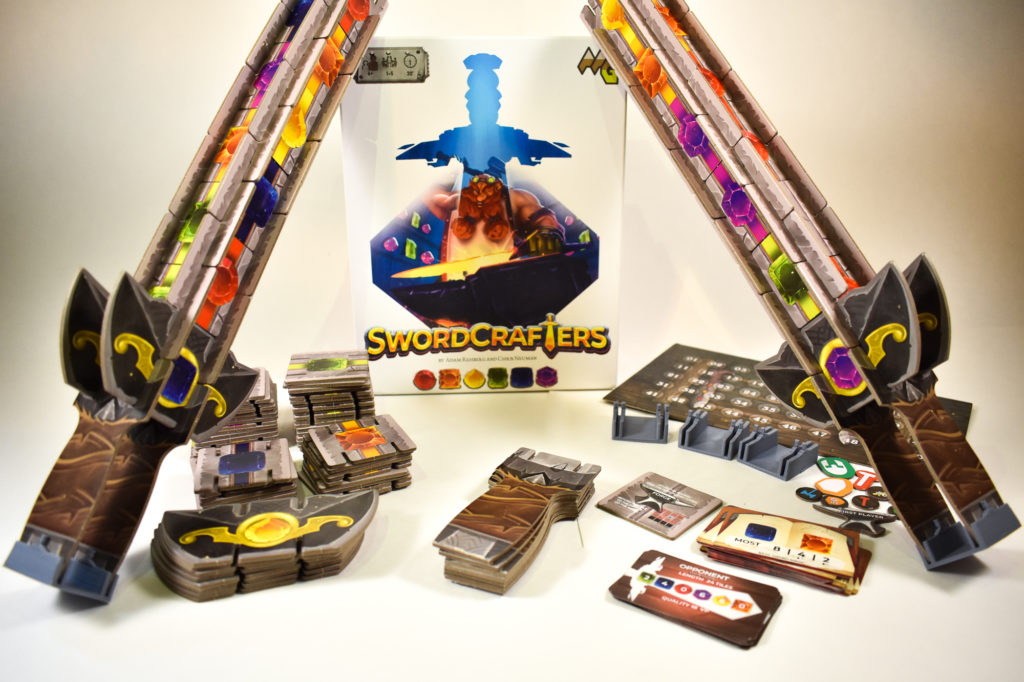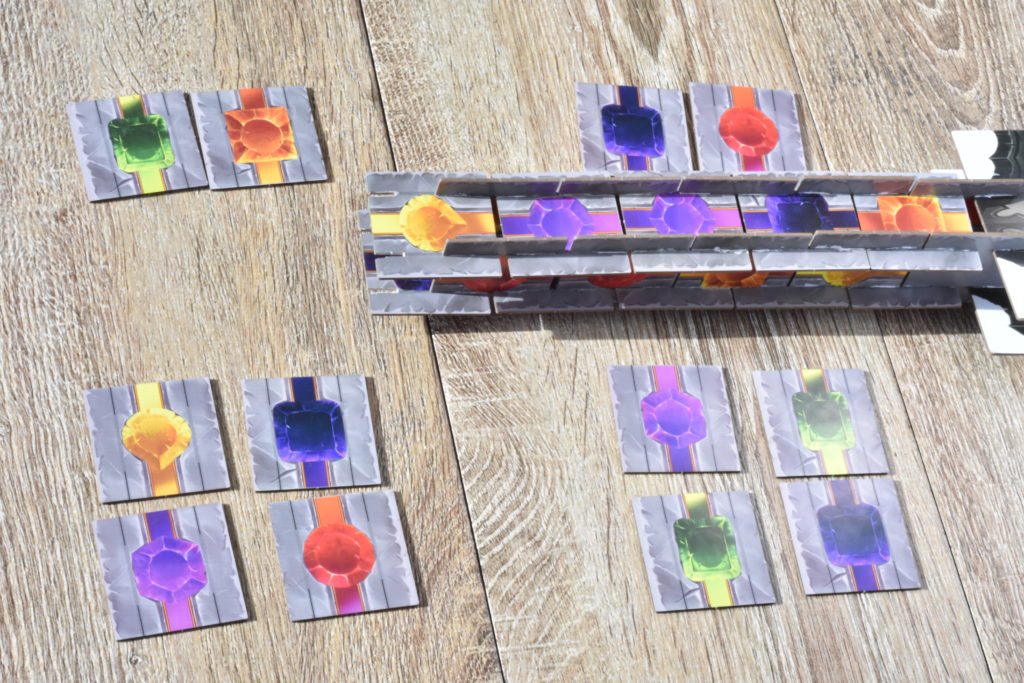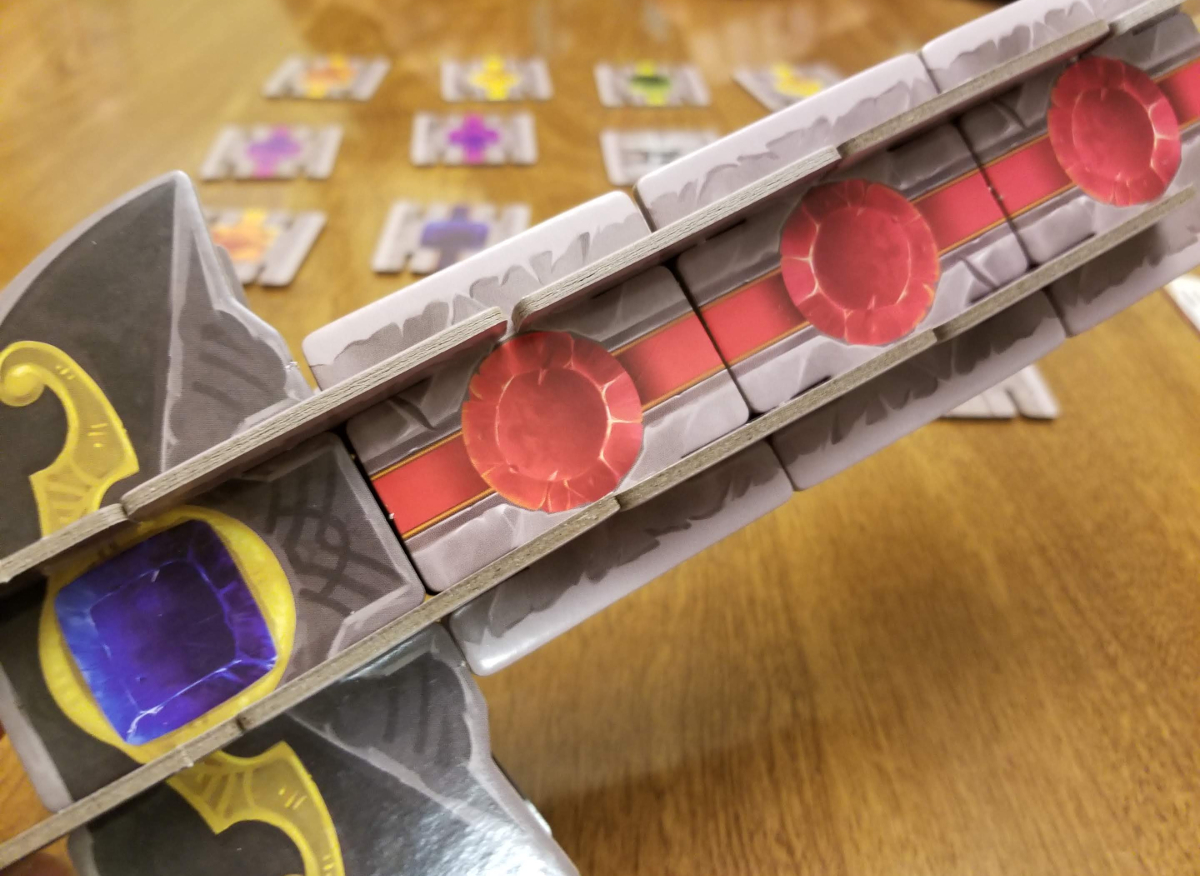As part of our October Spotlight on Swordcrafters, we strive to inform readers of little extra tidbits surrounding the game. Games are made by people, and one of those tidbits we enjoy is learning a little bit more about the people behind them. Some designers shy away from the public stage, while others enjoy being front and center.
For Adam Rehberg, owner of Adam’s Apple Games and co-designer of Swordcrafters, there is nothing more he’d rather do than sit around with you and show off his games. Trust us. Yet it has been a little tricky for him of late to be able to do that. As with most small publishers, it can be a real challenge getting gamers to notice their wares in an ever-increasing and ever more crowded marketplace. With hundreds upon hundreds of new games debuting every year, it’s hard to slice through it all and have their game recognized by an audience bombarded with cardboard-laden options. In this crush, even good games go overlooked. For small and indie publishers, the entire enterprise can live or die on whether or not they can get you to pay attention to what they’re making.
So, naturally, much of Adam’s time as a publisher has been focused on doing just that in recent months. Luckily Swordcrafters – their third title – has been garnering a slow burn of interest as a result, bolstered by aggressively showing it off at conventions, including Gen Con and more recently, Essen. His efforts appear to be working, but it also has eaten heavily into his free time and ability to talk to us. Which is largely why this is going out on the final day of the Indie Spotlight.
Fortunately, we were able to finally catch Adam for a few minutes to inquire a bit more on the history on the game and his efforts bringing it to life. We were particularly curious how this quick tile game of slicing groups and assembling three-dimensional swords came to life, and how it is, exactly, that no one has quite taken this approach to sword-making before.
Think about how many games there are about weapon crafting. Then think about how many do this in a tactile way. (Spoiler: it’s not a long list)
But we’ll let him tell it. He kept things short, and so shall we.
Enjoy!
Round One Questions
CR: What was your Gateway Game?
Carcassonne
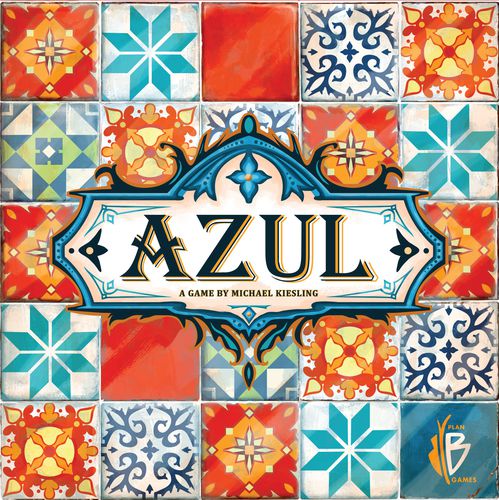
CR: What was the last game you really enjoyed playing (besides Swordcrafters)?
Azul
CR: How big is your game collection?
I have around 150 board games at the moment.
CR: What is your favorite type of game to play?
Probably lightweight strategy games.
CR: How do you feel about Monopoly?
I have no firm opinion on the game either way.
On Swordcrafters
CR: It’s somewhat remarkable that for all the games out there about crafting items, this one…actually has you crafting an item. How did the 3D aspect to the game come about?
Chris and I had a game design called Swordcrafters that has been destroyed and rebuilt many times. The last build was about progressing through a dungeon and upgrading your sword over time. We brought the prototype to Gen Con 2016 and a few people played it, but I was too busy to join in. It sat on the shelf collecting dust for another year until Gen Con 2017. In the closing minutes of Gen Con 2017, we were reminiscing about this prototype and a new stroke of inspiration hit. I think both Chris and I realized the potential at the exact same time. We were going to scrap everything and literally build a sword. The vision was rock solid, but figuring out how to execute a 3D creation would be another story.
CR: Was the game always intended to be 3D or did that part evolve over time?
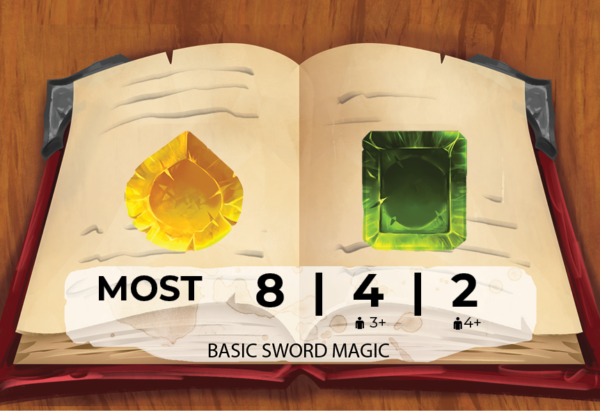 Yes. We never strayed from the inspiration and vision that was found in those closing minutes of Gen Con 2017 when the idea solidified into roughly what you see now.
Yes. We never strayed from the inspiration and vision that was found in those closing minutes of Gen Con 2017 when the idea solidified into roughly what you see now.
CR: What sort of challenges did you face making the 3D portion of the game work the way you wanted?
There was an enormous learning curve with understanding 3D assembly. The first prototype was created with slotted corrugated cardboard. It was designed to be a 3-sided object. The initial try at a 3-sided design created angles that didn’t quite fit. After playing around with the pieces for a bit, an extremely solid 4-sided framework was formed.
Once we had a proof of concept for the sword, we talked a lot about material choices. There was some serious charm with a cardboard sword so we set our sights on cardboard as the best case material. We also tried plastic and wood along the way, but they were cost (and charm) prohibitive. The prototyping process that I used to create the functioning versions leading up to a Kickstarter covered my entire basement with cardboard dust as I used a Dremel to cut slots in the components. It took over three hours of Dremel cutting per copy. During the Kickstarter project, we were ordering at least four or five rounds of custom laser cut slots from The Game Crafter to learn more about slot size and shape with “chipboard” like material. Once we made it to manufacturing though, we only needed 1-2 more iterations to land a sword. Upon receiving the last manufacturing sample from our printer, I assembled a sword over 50 times with the same components to determine wear and tear.
CR: The Expanded Edition comes with three modules that add minor elements of additional complexity to the game. How did you go about figuring out the balance between which aspects to keep in the base game and which to move into supplementary/expansion territory?
We knew that the simplicity of the base game would have the potential to reach a very wide audience. Our design process for the base game streamlined us away from all the Expanded Edition content to a game that was easy enough to play with people as young as 6+ yet still had some strategy for adults. But we did remove a lot of things that we really wanted in the game, including monsters and some interesting scoring aspects. Adding them back into the game with the Expanded Edition came pretty naturally after we found our core game. We focused on adding things that coupled with the base game mechanics like the sword crafting and the “I Cut, You Choose” aspects. We skinned the expanded content as adding new long-term goals (Sword Tips), short-term goals (Sword Mastery) and variety within the grid (Sword Relics).
CR: Have you thought about finding new ways of utilizing the completed swords in some fashion? It seems like simply making them is just the beginning…
Absolutely! One concept we’ve been dancing around is a co-op version where you know which boss or bosses you’ll need to face once your sword is built. However, I think the crafting aspect is the bread and butter. It’s amazing to feel this come to life in your hands over the course of the game. It’s a real spectacle at the table as well.
CR: Swordcrafters is the third title from Adam’s Apple Games. How do you feel the process of crowdfunding has changed over the last couple of years?
It’s gotten tougher! There’s such a high bar for quality in today’s crowdfunding market. You bring your own fans, and a project that seems like it has all the boxes checked still may or may not be enough to succeed.
CR: The game had a pretty modest Kickstarter, but it has slowly gained some word of mouth traction over the last couple of months. Which of those did you ultimately find more surprising?
I was pretty surprised by the modesty of the Kickstarter project but I only blame myself for allowing question marks on some critical aspects of the game. We had a lot of reviews that really enjoyed the game and innovation with the concept but questioned the structural integrity of the prototype. This was probably a blessing after all because it made me double down on structural development for the game. The sword is very strong.
CR: Finally, what’s the most memorable/amusing thing you’ve done with a completed Swordcrafter sword? Be honest…
We had a demo copy that saw over 100 builds during Essen Spiel. On Sunday evening, one member of my crew handed a kid a sword on his way out of the show. His eyes lit up and he ran off hoisting his sword with his father chasing after him down the halls of Spiel.
CR: That is a pretty good one.
Sworcrafters is a concise, straightforward game about weapon-making, but it does so with a tactile appeal that is hard to rival. Like most games where you get to physically manipulate pieces, there’s something almost instinctively rewarding about being able to actively work with the component parts and turn them into a completed item. The game isn’t super complicated, but what it does, it does well.
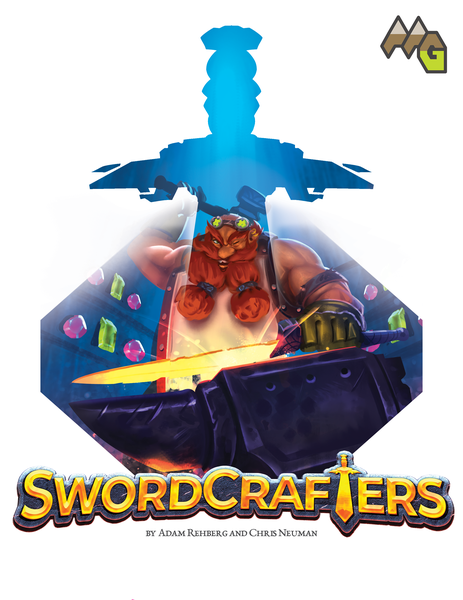
Reveling in the game’s ability to tap into the joy of crafting, we decided to offer an opportunity for you to make your very own real sword in Claudius’s brother’s forge. Unfortunately, after a little ‘mishap’ the last time we tried this, blah blah lawyers blah blah ban on ostrich races, we’re going the safer route this time instead and providing a chance to win one of TWO copies of the game:
Photo Credits: Swordcrafters cover and photos by Adam’s Apple Games.

